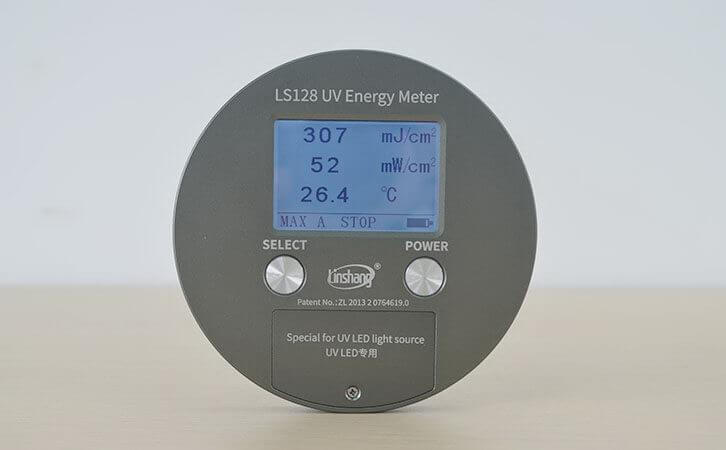UV Energy Meter and Paint Thicknes Gauge in Paint Industry
1. Coating type
Under the same curing conditions, different types of coatings have different curing speeds. Generally speaking, volatile paints cure fast and oily paints cure slowly. The polymeric paint is very different. Photopolymer paints in polymer paints cure faster, while the curing speed of other polymer paints are mostly between volatile paints and oil paints. When using mechanized assembly lines for coating, volatile paints and acid-curing amino alkyd paints are more commonly used.
2. Coating thickness
During the coating process, the coating is basically not formed at one time. The thin coating method is usually used multiple times (such as oily paint is generally applied about 35 μm at a time, nitro paint is about 15 μm). Under the same curing conditions, when the thin coating is cured, the internal stress is small and the coating defects are small. When the coating is too thick, the internal stress is large, which is easy to produce wrinkles and other defects. When applying the coating, you can continuously use the paint thickness gauge to measure the specific paint coating thickness.
3. Curing temperature
The curing temperature has a decisive influence on the curing speed of most coatings. When the curing temperature is too low, the solvent volatilizes and the chemical reaction is delayed, making the coating difficult to cure. Increasing the temperature can accelerate solvent evaporation and water evaporation, accelerate coating oxidation reaction and thermochemical reaction. However, the temperature cannot be increased indefinitely, because the temperature is not directly proportional to the curing speed. When the curing temperature is too high, the curing speed does not increase significantly, but it will make the paint film yellow or darken. Not only that, the temperature also affects the substrate during the coating curing process.
The base material is heated, causing the moisture content to change. When the curing temperature exceeds 60 ° C, the solvent is volatilized violently and the surface layer quickly dries. When the internal solvent vapor reaches the surface layer, bubbles are easily generated. Therefore, when the artificial curing method is used, the surface temperature generally does not exceed 60 ° C. You can use Linshang UV energy meter to measure the intensity and energy of ultraviolet light for better control of UV light intensity and temperature during curing.
4. Linshang UV energy meter and paint thickness gauge
(1) Paint thickness gauge
Paint thickness gauges are widely used in the industry, such as testing the thickness of metal coatings. If the tested metal coating thickness is not uniform, it will affect the quality and aesthetics of the product. Linshang LS221 paint thickness gauge is a professional instrument for measuring the metal surface coating thickness. This paint thickness gauge uses the principle of Hall effect and eddy current effect to accurately measure the thickness of non-magnetic coatings on ferromagnetic metal substrates and the non-conductive coating thickness on non-magnetic metal substrates. Linshang paint thickness gauge is widely used in metal processing industry, hardware industry, shipbuilding industry, aerospace industry and other fields.
(2) UV energy meter
Industrial UV wavelengths range from 200nm to 450nm. The process of irradiating ultraviolet rays to harden materials is usually called UV curing. The principle is that the glue is chemically polymerized by ultraviolet radiation. Among them, the light source intensity is particularly important. The UV light source will decay after using it for a period of time. At this time, a UV energy meter will be used to determine whether the light source is still effective.
